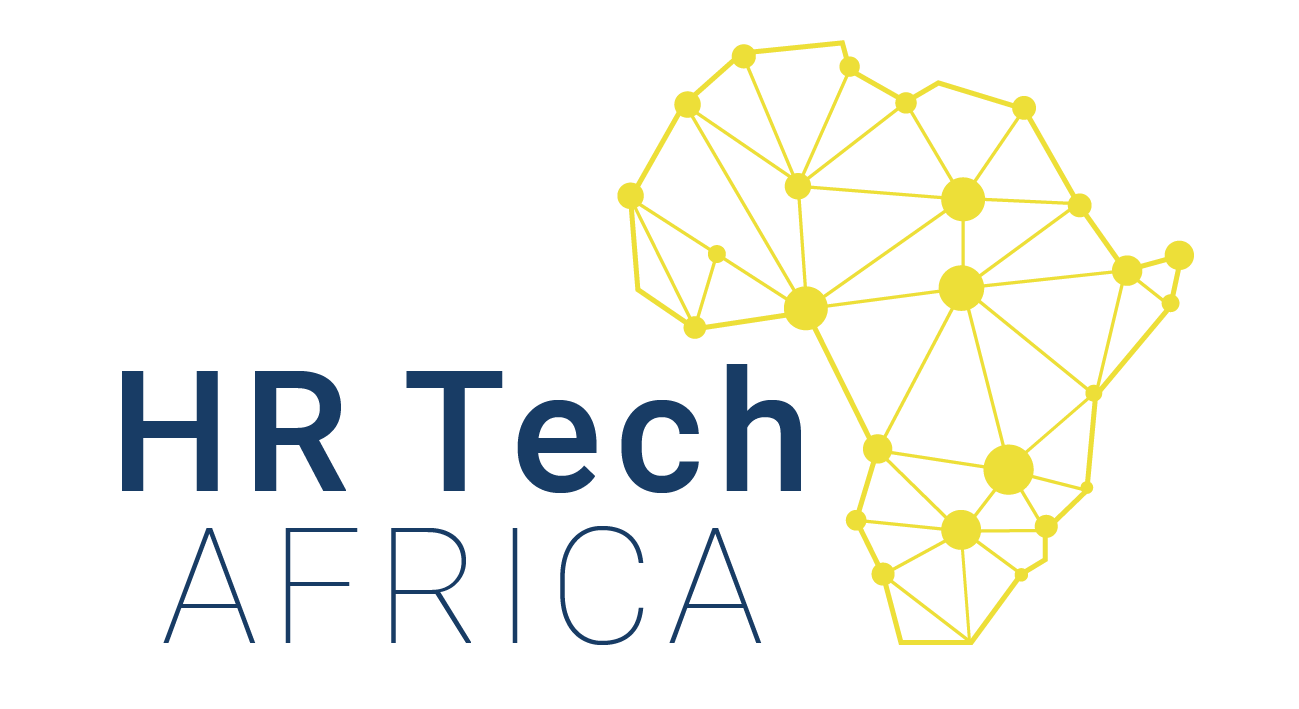
10 Top Tips for Aligning your Business and HR Technology Roadmaps
Do you struggle to get engagement and buy in for HR technology? Have you found it difficult to align your HR technology roadmap with the needs of your business?
You are not alone. These are common questions that I find arise again and again. So, I have put together 10 quick tips and tricks to help you win support and achieve maximum value from your investments.
1. Commercial focus
No matter how inspiring your vision is for digital HR transformation, business leaders will always demand a commercial focus.
By demonstrating how your solution will reduce operational costs, increase productivity and enhance the overall experience, you gain a much higher chance of winning executive support.
2. Strive for maximum return on investment (ROI) from current solutions but recognise where additional investment is needed
Getting maximum ROI from your technology initiatives means constantly seeking ways to get more value from what has been implemented.
Think about how you can add value to the business by utilising or enhancing the current system. For example, it may be that the system has capability to show business metrics to senior managers at the touch of a button. This may help them make more informed decisions.
Another possibility is that could streamline performance management processes through the system. By doing this, you reduce manual administration and enhance quality and consistency.
There will always be ways to squeeze more value from the tools you already have, so be sure to look at what these are.
However, in some cases, it may be necessary to accept when the current systems lack capability or scalability. In such cases, additional investment in more appropriate technology may be necessary.
3. Demonstrate alignment with business goals and develop solutions to legitimate challenges
Something once said to me was “if you’re doing something that doesn’t relate to the company objectives, then you probably shouldn’t be doing it – or at the very least, it should be challenged.”
Another phrase I’ve often heard is “the tail wagging the dog” or “system driving process.”
These scenarios are rarely synonymous with a successful business application. After all, how can you expect to achieve maximum value for the business, if you are taking a different direction to everyone else?
When planning HR technology initiatives, make sure they are aligned to the direction of the business.
4. Look holistically across the business and view HR technology as a business enabler rather than a ‘HR tool’
What happens if you try to build a house without putting in the foundations? What may happen to that house over time, if weak foundations are built to begin with?
The key to a successful roadmap is to first and foremost consider HR technology to be the enabler and a foundation that supports the business strategy.
Once good foundations are in place, you can build up from there.
5. Look at opportunities to enhance the “people experience”
In a world that is becoming rapidly more digitised, it is important not to lose the “human touch”.
In fact, effectively using technology to enhance the people experience is something that will set you apart from many businesses.
Think about ways in which you can make people’s lives easier each day. Perhaps by taking away the pain of tedious processes, making information available on demand? How about encouraging a positive, proactive and highly engaged workforce?
HR technology is creating new opportunities to provide a better people experience each day.
A good place to start is to simplify, streamline and consolidate. Having seamless integration between applications immediately takes a big headache away from people’s working lives.
This is just the start and there is going to be much more focus on people experience over the coming decade. Personalisation is another key consideration in this arena.
The possibilities for optimising experience and personalisation are endless – but get the basics right to begin with.
6. Focus on delivering quick wins and solutions for high profile business challenges
When thinking about enhancing the people experience, there will be things that require more resources or investment and will take time to implement effectively.
Likewise, there will be other enhancements that are much easier to implement. There may also be things that are exceptionally “high profile” within the business.
These are areas of opportunity for you. It allows you to gain maximum leverage, quickly and easily. By picking these ‘low hanging fruit’, you respond to pain points of the business and provide an easy solution. It is a win-win.
Often the small things can make the biggest improvement to people’s working day.
7. Liaise with stakeholders, evaluate opportunities for alignment and socialise strategic thinking to win their support
Sharing a vision builds confidence, interest and support.
It is also important to canvas views from different stakeholders – not just within HR but from other key functions too.
In my experience, those organisations that tick the following boxes will find it much easier to achieve success:
- A clear HR strategy
- A harmonious relationship between HR, IT and Finance
- Developed and executed a plan to deliver support for the wider business, rather than just focusing on HR priorities.
It’s common to have a disconnect or even divide between corporate functions. However, in my view, the greater disconnect, the greater the challenge and resistance to win support for new initiatives.
By engaging key stakeholders early and considering their views, it will be easier to get them on-board with the overall vision.
8. Keep feature releases, system updates or business-as-usual activities in sight and consider the impact upon your roadmap
Strictly speaking, these are not roadmap items. However, for planning purposes, it helps to have clear visibility of system updates or significant business-as-usual tasks.
You may wish to avoid implementing additional solutions during these times. By planning accordingly, you can reduce the risks around business change, resource challenges, data integrity and operational constraints.
9. Consider resources, training, tools and third party support as part of the plan
Another distinct advantage of taking the time to prepare a clear and concise HR technology roadmap, is that it can be used for operational planning.
The organisations that I have seen with a strong roadmap are much more organised when it comes to operational planning, than those who have no roadmap or a sketchy idea of one. But this is not really surprising when you think about it.
Being able to predict the level of resources or skills required ahead of time will avoid a last minute panic. And if the roadmap is prepared at the right time, will ensure that appropriate budgets are set correctly from the beginning.
10. Plan for change
No business stands still and neither should the HR technology roadmap.
Whilst some businesses will change and evolve quicker than others, a roadmap must be a dynamic document. It should reflect the agility and responsiveness of the business as it continues to grow.
Remember that a roadmap is a plan of how to get to a destination – if road blocks and diversions come into play, then you can re-route accordingly. However, the key point is that the destination does not change.
Conclusion
Every business is different but no business stands still, so the HR technology roadmap must be able to flex accordingly. There are certain factors that will apply, regardless of the business.
Each of the principles discussed in this article are relevant to all businesses who have invested in HR technology or are planning to do so in the future.
Thanks for reading
If you enjoyed this, please share it with your network: Twitter | LinkedIn | Facebook
Are you a HR professional in Africa?
If you would like more information on how you can prepare for aligning technology with your business goals, please reach out to me here





